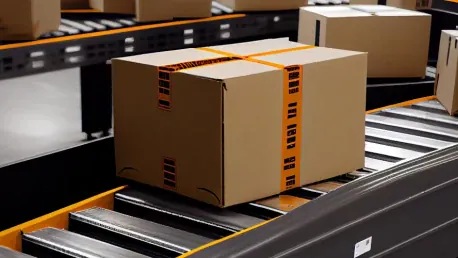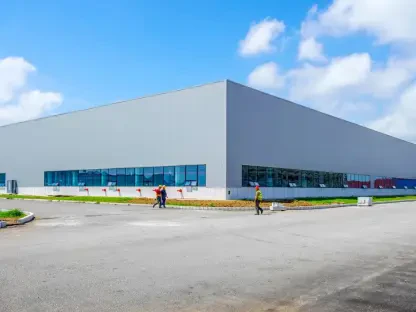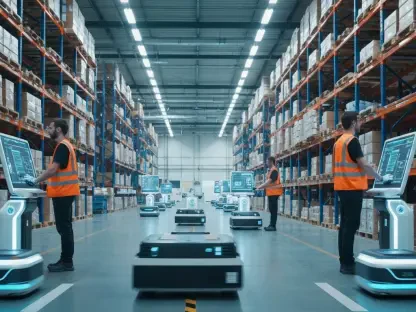The transformation of warehouse operations through automation is a significant milestone in logistics, addressing the pressing need for efficiency and adaptability in an increasingly complex supply chain environment. One critical debate revolves around the use of flexible over fixed automation systems to enhance operational capabilities. Both systems offer distinct advantages and limitations, influenced by factors like market demands, technological advancements, and specific warehouse requirements. Delving into the merits and demerits of each approach provides a clearer understanding of their roles in modern logistics.
Flexible automation, driven by advancements in robotics and artificial intelligence (AI), offers unparalleled adaptability in warehouse settings. These systems are designed to respond quickly to changing demands and market fluctuations, making them ideal for dynamic industries such as e-commerce and omni-channel retail. For instance, robots equipped with AI can perform a variety of tasks, such as picking, packing, and sorting different products, while IoT integration ensures optimal coordination and real-time data sharing. The ability to easily scale and reprogram flexible systems based on immediate needs is a game-changer, allowing warehouses to remain agile in a fast-paced market.
In contrast, fixed automation systems, including conveyors and automated storage/retrieval systems (AS/RS), prioritize efficiency and reliability for high-volume, repetitive tasks. These systems are highly effective in environments where consistency and predictability are paramount. For example, a fixed system can significantly enhance throughput in large distribution centers by ensuring seamless handling of bulk orders. However, the rigid nature of fixed automation comes with limitations, as it’s less capable of adapting to new tasks or fluctuating demands without significant infrastructure changes. This rigidity can pose challenges in environments that require continuous evolution to keep up with market dynamics.
Emerging trends in warehouse automation suggest a growing inclination towards hybrid solutions that blend the reliability of fixed systems with the flexibility of advanced technologies. The increasing adoption of AI, IoT, and cloud-based systems has revolutionized warehouse management by creating a seamless, integrated approach to automation. These sophisticated systems ensure high levels of productivity while catering to the need for flexibility. The future of warehouse automation is likely to see more convergence between fixed and flexible solutions, offering the best of both worlds to meet evolving logistic demands.
Conclusively, both flexible and fixed automation systems have significant roles to play in modern warehousing, contingent on their inherent strengths and situational suitability. While fixed systems remain indispensable for specific high-volume operations, the shift towards more flexible systems underscores an overarching trend in logistics to accommodate rapid changes and diverse requirements. Warehouse managers must strategically evaluate their unique needs to determine the optimal mix of automation solutions, ensuring balanced efficiency and adaptability in their operations. This evolution reflects broader changes in global supply chain management, continuously driven by technological innovation and market dynamics.









